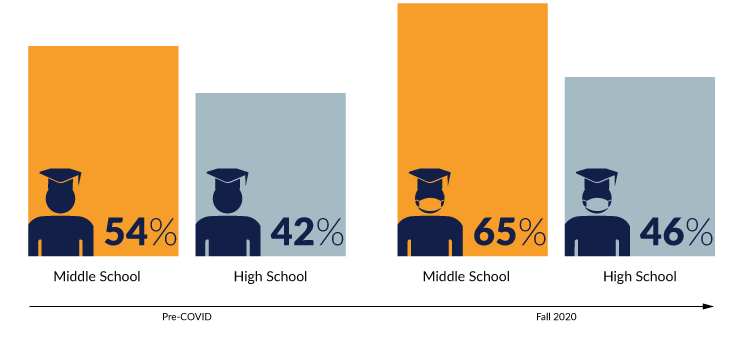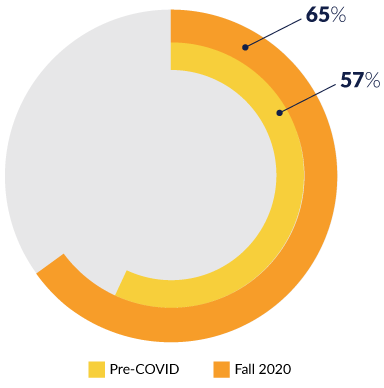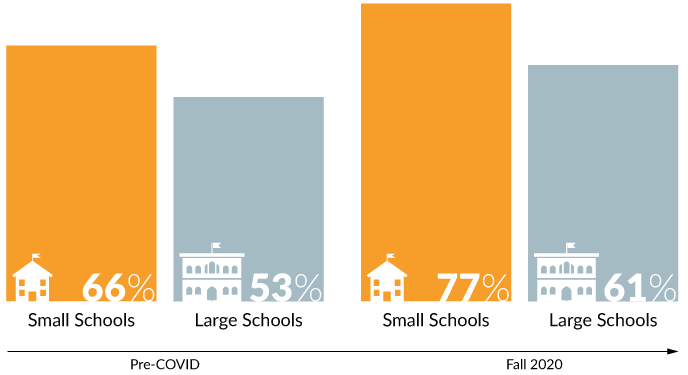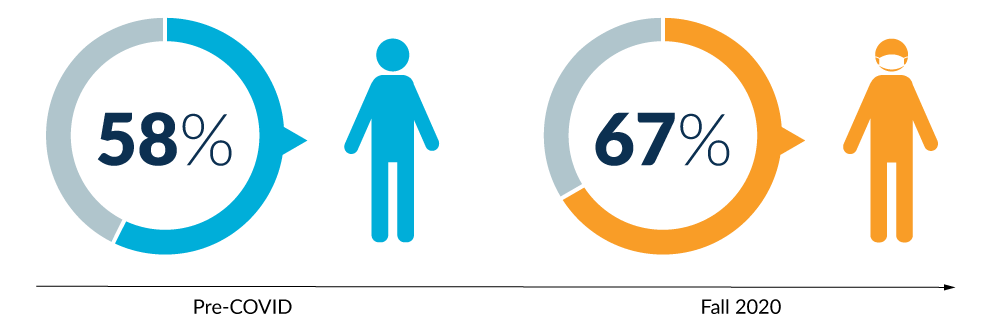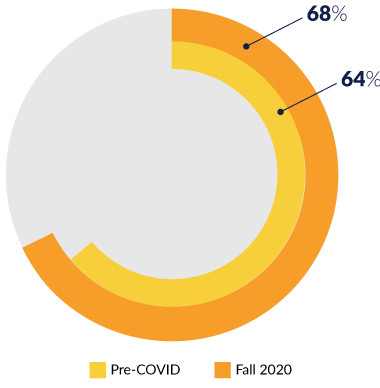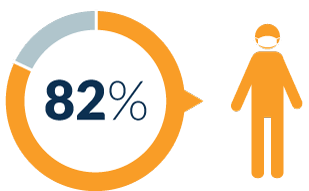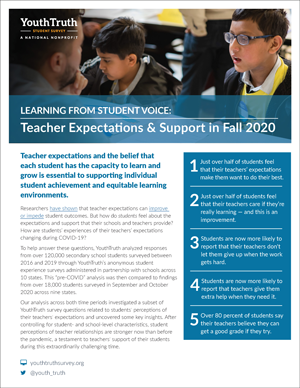Teacher expectations and the belief that each student has the capacity to learn and grow is essential to supporting individual student achievement and equitable learning environments.
Researchers have shown that teacher expectations can improve or impede student outcomes. But how do students feel about the expectations and support that their schools and teachers provide? How are students’ experiences of their teachers’ expectations changing during COVID-19?
To help answer these questions, YouthTruth analyzed responses from over 120,000 secondary school students surveyed between 2016 and 2019 through YouthTruth’s anonymous student experience surveys administered in partnership with schools across 10 states. This “pre-COVID” analysis was then compared to findings from over 18,000 students surveyed in September and October 2020 across nine states.
Our analysis across both time periods investigated a subset of YouthTruth survey questions related to students’ perceptions of their teachers’ expectations and uncovered some key insights. After controlling for student- and school-level characteristics, student perceptions of teacher relationships are stronger now than before the pandemic, a testament to teachers’ support of their students during this extraordinarily challenging time.
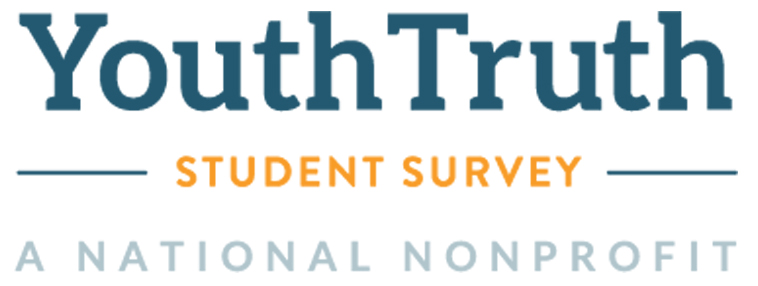
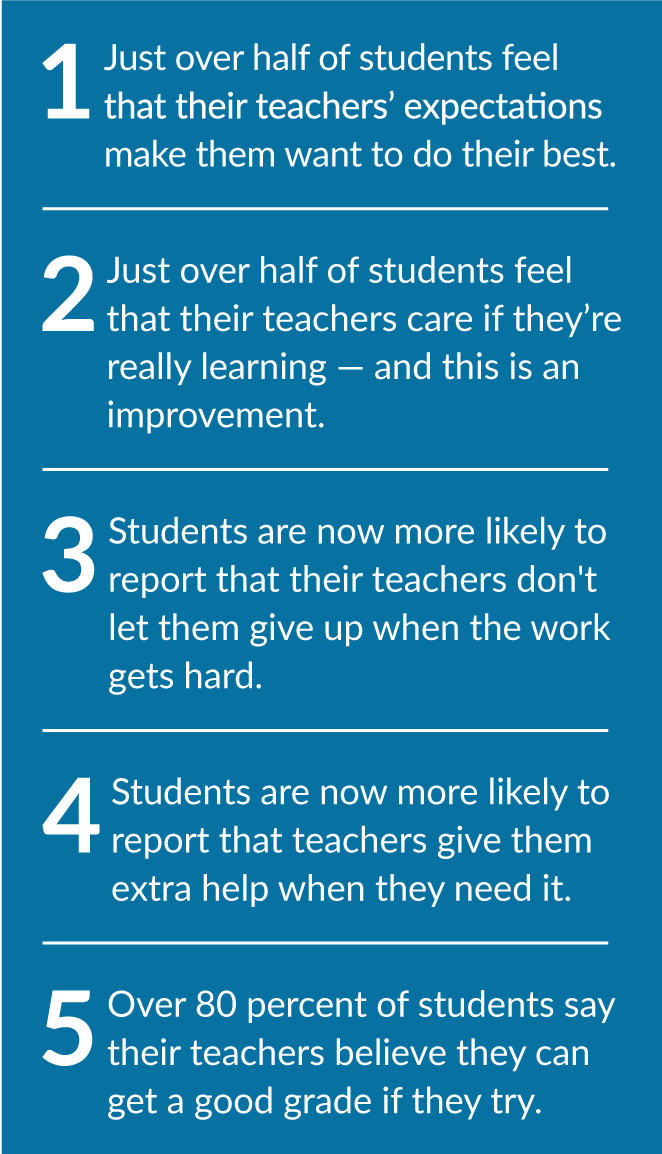

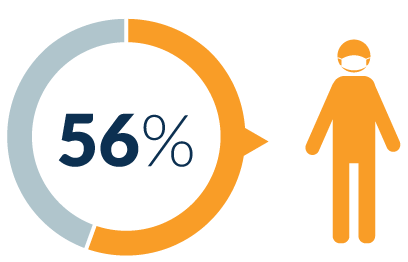
 How do teachers’ perceptions of their school’s expectations for students compare to students’ experiences?
How do teachers’ perceptions of their school’s expectations for students compare to students’ experiences?

